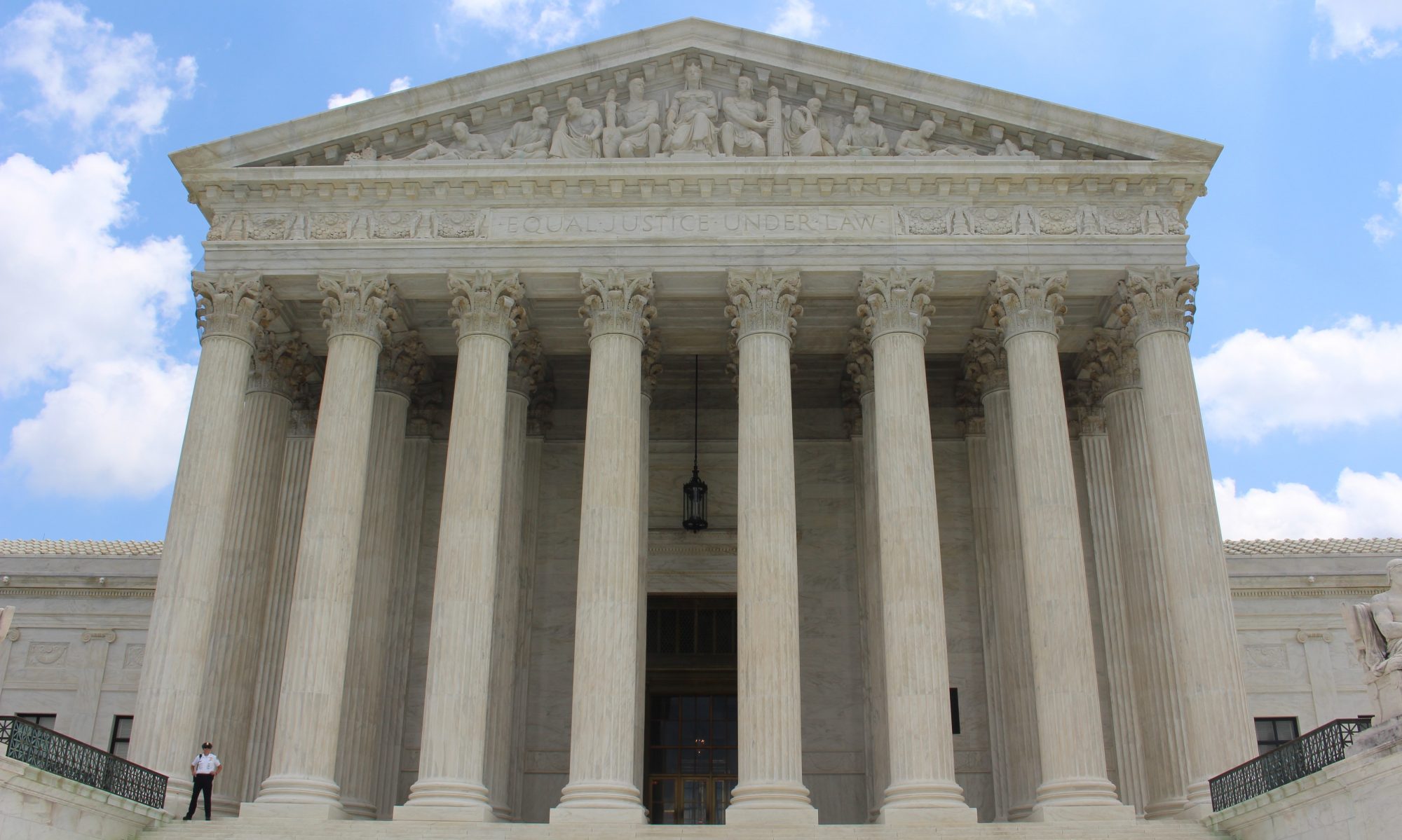Keiko Rose, Volunteer Protection under Title VII: Is Remuneration Required?
“This Comment discusses the test that should be used by courts to determine whether a volunteer is an “employee” under Title VII. Part I provides background information by summarizing Title VII and related Supreme Court cases. Part II describes the circuit split and the reasoning used by the majority and minority circuits. Part III proposes that the circuit split be resolved in favor of the minority circuits’ common law agency test, rather than the majority circuits’ threshold-remuneration test. This Comment argues that the majority circuits’ threshold- remuneration test is inappropriate because it conflicts with the Restatement of Agency, which the Supreme Court has used to shape its analysis in relevant cases involving Title VII and other areas of employment law. Part IV concludes that the minority circuits’ common law agency test and the corresponding Restatement of Agency mean that volunteers do not need to be closed off from Title VII protection by a remuneration requirement.”
